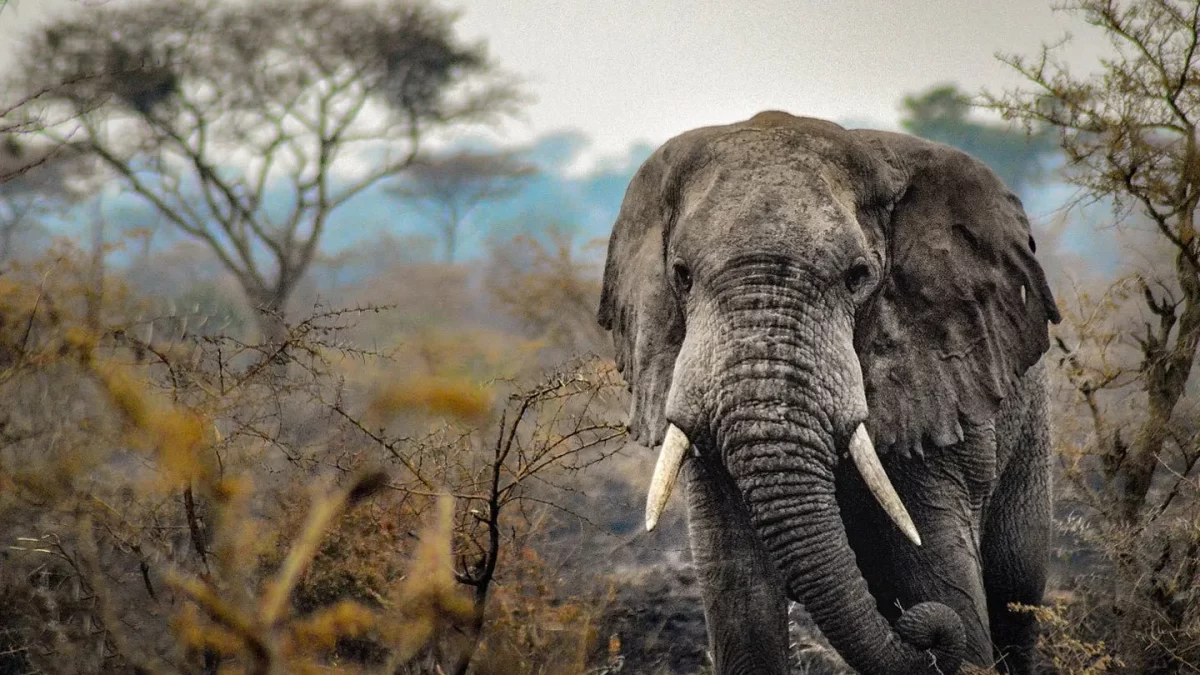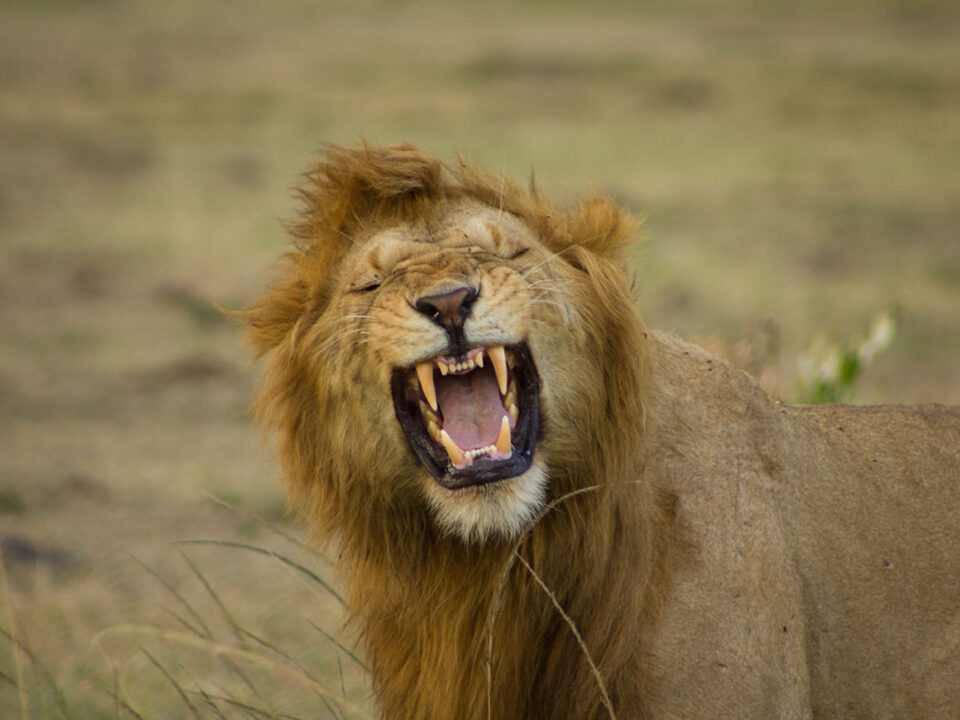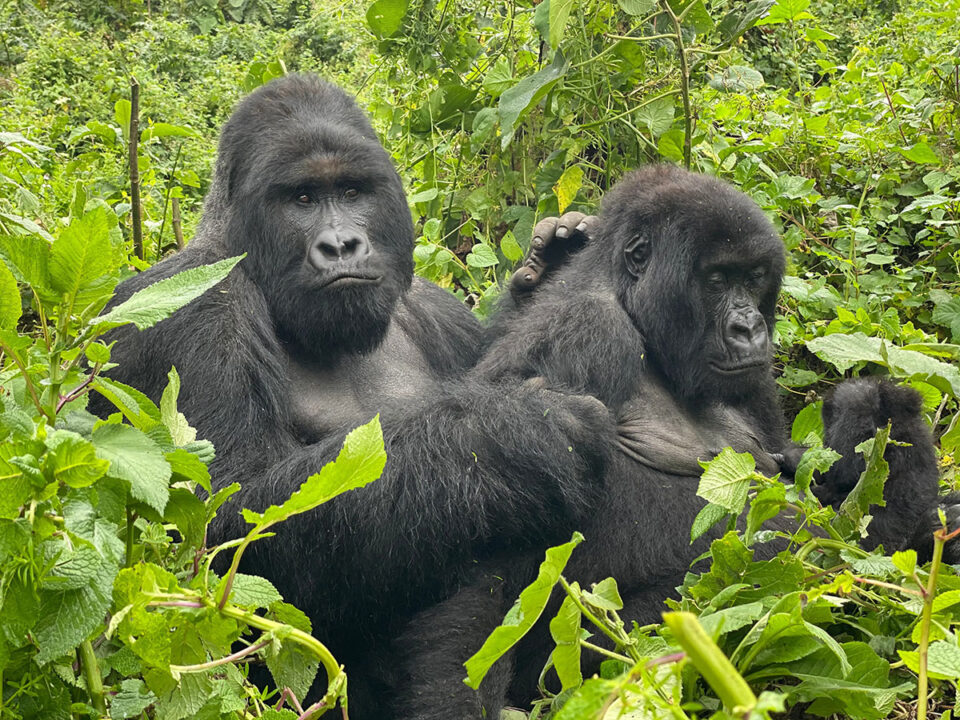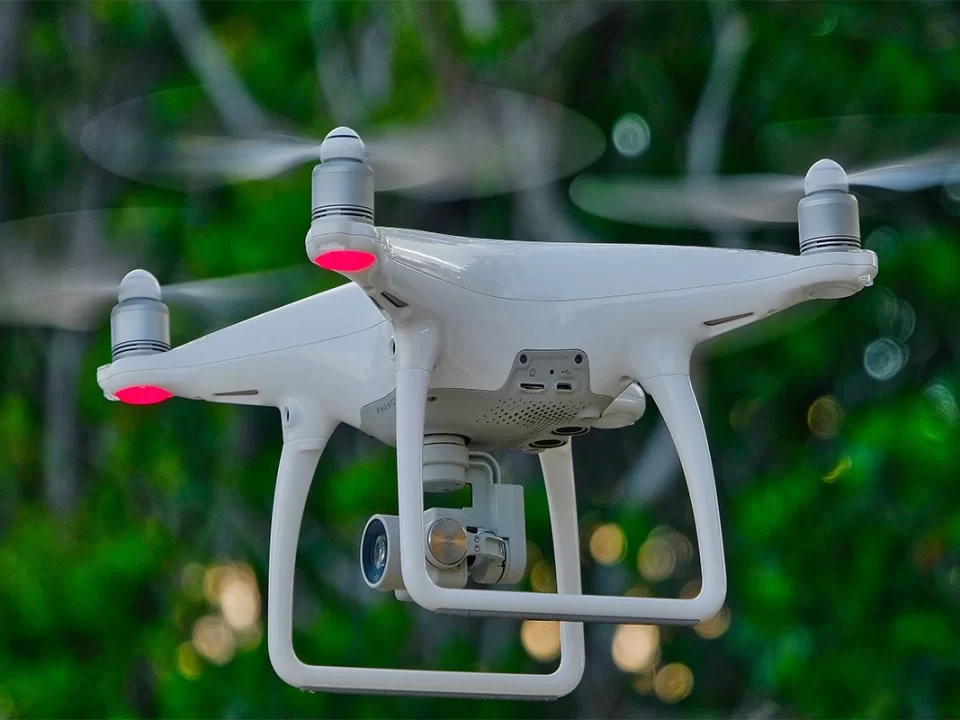Organizing a Big Five Safari in Uganda

Domestic Flights from Entebbe to Pakuba Airstrip
February 23, 2024
Best Time to Visit Tanzania
February 23, 2024Organizing a Big Five Safari in Uganda – Embark on a Thrilling Big Five Safari in Uganda: An Unforgettable Wildlife Adventure
Organizing a Big Five Safari in Uganda — Embarking on a Big Five safari in Uganda is an absolute must for any avid wildlife enthusiast. The term “Big Five” encompasses the awe-inspiring animals of Buffalos, Elephants, Lions, Leopards, and Rhinos, originally coined from the animals considered the most dangerous to hunt. Today, the thrill lies not in hunting but in capturing these majestic creatures through the lens in their natural habitat.
While Rhinos faced extinction in Uganda during the 1980s, efforts to reintroduce southern white rhinos have taken root at the Ziwa Rhino Sanctuary. However, for the full Big Five experience, Uganda offers two options in its western region, specifically in Queen Elizabeth National Park and Murchison Falls National Park.
Queen Elizabeth National Park stands out for its remarkable wildlife diversity and famed tree-climbing Lions. On the other hand, Murchison Falls National Park boasts large herds of Elephants, Giraffes, and Buffalos. For the adventurous at heart, the remote Kidepo Valley National Park in northern Uganda is an additional Big Four reserve, preserving unique species such as Caracal, Cheetah, and Aardwolf, with plans for white Rhino reintroduction.
Uganda, rapidly emerging as a top destination in East Africa, offers prime opportunities to spot the Big Five. The historical roots of the term “big five” trace back to big-game hunters who recognized the extraordinary challenge these African wild animals posed. Despite their gentle, aggressive, and cunning nature, the Big Five become wild and formidable when threatened, making them the epitome of the African jungle.
Trek Africa Expeditions: Your Gateway to the Big Five in Uganda
Trek Africa Expeditions extends an invitation to explore their enticing Big Five safari packages in Uganda. With expertise in crafting customizable tour packages, they ensure an immersive experience with the Big Five in Uganda. Reach out to them anytime to organize your unforgettable Big Five safari.
Encountering the Big Five: A Brief Overview
African Elephants:
Majestic and gentle giants, these herbivores boast thick hairless skin, a long trunk, imposing tusks, and large, corn-shaped ears. Their unique ability to camouflage in the short and tall Savannah grassland contributes significantly to maintaining the ecosystem.
Lions:
Standing as the apex predators, Lions, the largest in the cat family, are carnivores thriving on fresh prey. While prevalent in most savannah National Parks, Queen Elizabeth National Park, Murchison Falls National Park, and Kidepo Valley National Park are renowned for their famous tree-climbing Lions.
Leopards:
Nocturnal, sensitive, and fierce, Leopards are carnivorous animals with a knack for being elusive. Spotting them requires an early morning game drive, with habitats in parks such as Queen Elizabeth, Murchison Falls, Lake Mburo, and Kidepo Valley National Park.
African Cape Buffalos:
Easily spotted during Uganda safari game drives, these formidable creatures move in large herds within savannah vegetation. Males lead the herds, and their disposition turns dangerous when disturbed, especially by hunters or predators. Parks such as Murchison Falls National Park, Queen Elizabeth National Park, Semiliki National Park, Lake Mburo National Park, and Kidepo Valley National Park are ideal for Buffalo sightings.
Rhinos:
With a thick-skinned exterior and one or two horns at the nasal bridge, Rhinos faced extinction due to illegal hunting. However, they find conservation at the Ziwa Rhino Sanctuary in Nakasongola and the Uganda Wildlife Education Centre.
Where to Find the Big Five in Uganda
Murchison Falls National Park:
An en-route stop at the Ziwa Rhino Sanctuary allows travelers to trek the White Rhinos before encountering the Big Four during game drives and boat safaris in Murchison Falls National Park.
Queen Elizabeth National Park:
This south-western gem is famous for its tree-climbing Lions, large Elephant populations, and other members of the Big Four. Rhinos are absent due to the distance from the Ziwa Rhino Sanctuary.
Kidepo Valley National Park:
Nestled in the remote northern region, Kidepo Valley National Park preserves the Big Four and additional species unique to Uganda, such as Caracal, Cheetah, and Aardwolf. Plans for white Rhino reintroduction are underway.
Ziwa Rhino Sanctuary:
Serving as one of two Rhino conservation sites in Uganda, this private non-profit sanctuary safeguards Rhinos, offering a rare chance to witness these magnificent creatures.
Best Time to Witness the Big Five in Uganda
The optimal time to observe the Big Five is during the dry season, specifically in the months of December to February and June to mid-October. The absence of heavy rain ensures non-slippery roads to national parks. However, visiting during the rainy season, which coincides with the mating season, presents a unique experience with lower safari rates.
Trek Africa Expeditions: Your Premier Big Five Safari Organizer
Trek Africa Expeditions stands as your premier operator for organizing a Big Five safari in Uganda. Boasting English-speaking driver guides well-versed in navigating the African jungle, they ensure an enriching safari experience. Book with them for comprehensive information on the Big Five animals in Uganda.
Activities to Enhance Your Safari Experience:
Game drives in a vehicle provide excitement, but the expertise of a ranger enhances the experience. Engage in a guided drive or walk led by a ranger to learn more and witness a greater variety of wildlife.
Ideal Length of Stay:
For those intent on seeing all of the Big Five, a minimum of five days in Uganda is recommended. However, it’s essential to remember that the unpredictability of wildlife ensures no guarantees in the wilderness.
What to Pack:
Carry essentials such as a camera, lightweight binoculars, hat, and sunblock. Even during the dry season, a jacket is advisable for night drives. Dressing in dull bush colors like khaki and olive green ensures a harmonious blend with Uganda’s park surroundings.
Embark on an unparalleled adventure with Trek Africa Expeditions, where the allure of the Big Five awaits. Discover the magic of Uganda’s wilderness and create lasting memories with these magnificent creatures.




